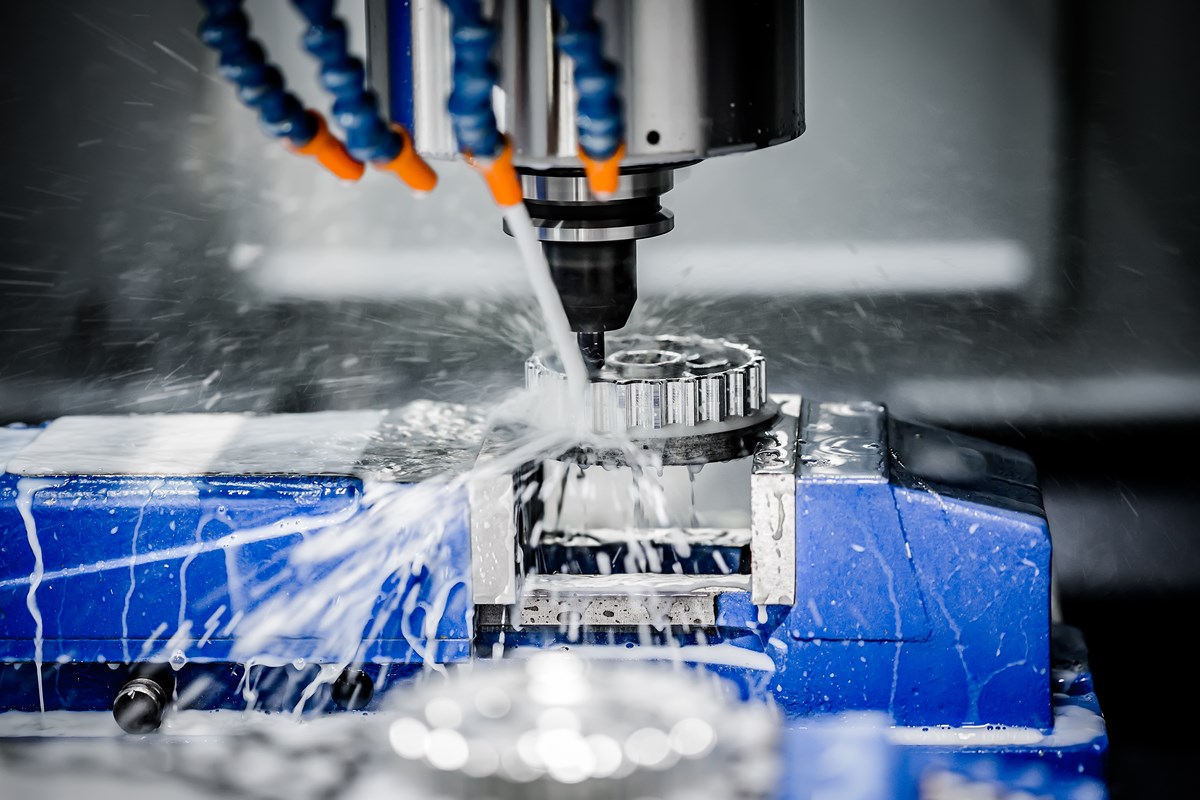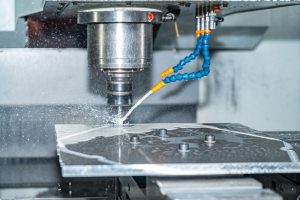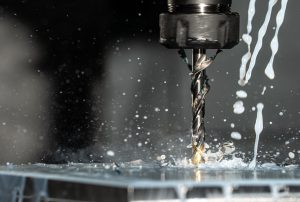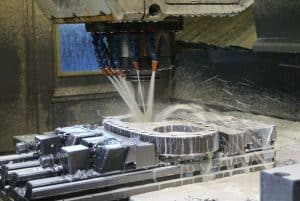The Importance of Effective Cutting Fluid Management in Machining Operations
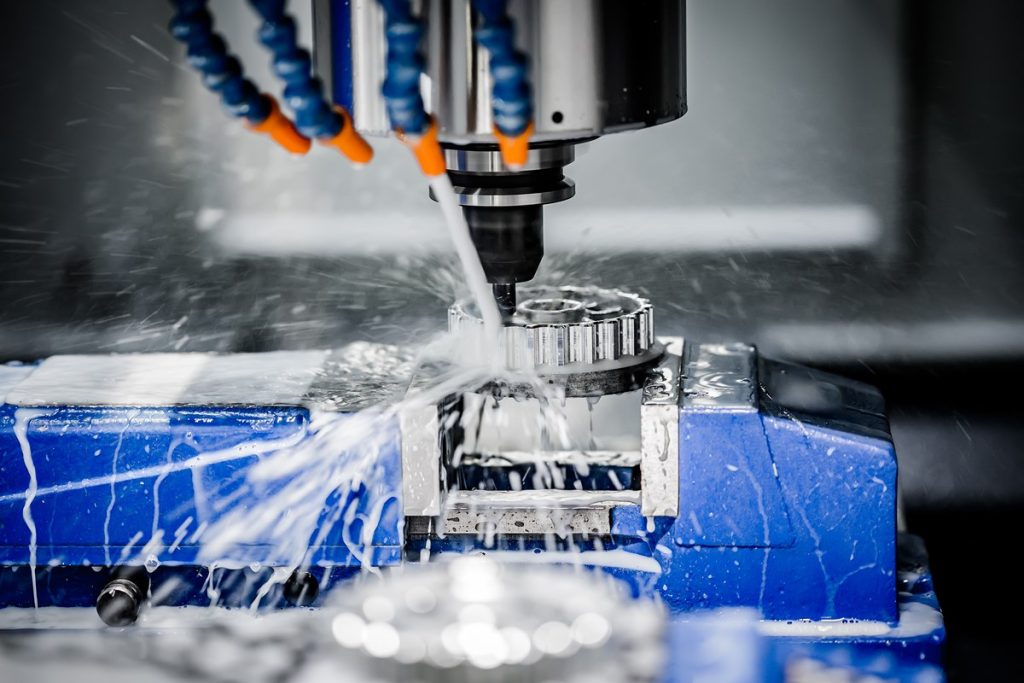
In the intricate world of machining, a silent player significantly affects the quality and efficiency of production: the management of cutting fluids.
When discussing machining, our minds might quickly wander to the impressive machinery, precision tools, or the intricate designs they produce. However, there’s an unsung hero in this process: cutting fluid. And it’s not just about having it but managing it effectively.
Proper cutting fluid management is not merely an item to tick off a checklist; it’s a significant pivot point that can dictate the success or failure of a machining project. This seemingly secondary aspect can have primary implications for the outcomes. So why does cutting fluid management carry such weight?
Why Cutting Fluid Management Matters
At its core, cutting fluid serves multiple purposes in machining, from cooling and lubricating the workpiece and tool to removing swarf (small metal chips). However, how one manages this fluid can drastically alter the outcome of these operations.
- Tool Life: Maximising Utility and Efficiency: At the heart of every machining operation is the tool at work, tirelessly cutting, grinding, and shaping. These tools, however efficient, are susceptible to wear and tear. Cutting fluids are protective, reducing the friction between the tool and the material. When managed correctly, these fluids ensure the tool remains cool and well-lubricated, drastically reducing wear. The result? Tools that last longer, offering consistent performance over extended periods. This efficiency conserves resources and saves costs in the long run.
- Surface Finish: Crafting Perfection: A machining operation’s success is often judged by the quality of its output. One of the vital indicators of this quality is the surface finish. Properly managed cutting fluids ensure that the contact between the tool and the workpiece is smooth, reducing any chances of imperfections. Without proper fluid management, the resultant friction can lead to burns, marks, or irregularities on the finished product. Even a minuscule defect can have significant implications in industries where precision is paramount, like aerospace or medical devices. Thus, effective fluid management is instrumental in achieving a flawless finish.
- Overall Productivity: Seamless Operations and Reduced Downtime: Beyond the tool’s life or the output quality, there’s an overarching theme: productivity. Any unplanned downtime can be detrimental in a world driven by timelines and efficiencies. Proper cutting fluid management ensures that machines don’t overheat, tools don’t wear out prematurely, and there are no unexpected halts due to subpar fluid conditions. It means operations run seamlessly, with reduced interruptions, leading to faster production cycles and timely deliveries.
The Silent Threat: Bacterial Growth in Metalworking Fluids
However, as with all things in life, there are challenges. One of the often-overlooked issues in metalworking fluid systems is the growth of bacteria. Just as with any other liquid medium, cutting fluids can be susceptible to bacterial contamination, significantly reducing their efficiency.
But why is metal working fluid bacteria control so crucial?
Bacteria can alter the properties of the cutting fluid, making it less effective as a lubricant and cooler. Moreover, a compromised fluid can lead to tool corrosion, affecting the tool’s life and the quality of the final product.
Therefore, regular bacteria testing service becomes indispensable. Through timely testing, one can monitor bacterial growth and make necessary adjustments before it becomes a significant concern.
Thankfully, modern solutions, like those provided by Fluid Solve, offer comprehensive services that cater to the needs of industries heavily reliant on cutting fluids.
From bacteria testing to a broader spectrum of other services, we’ve established ourselves as champions in ensuring metalworking fluid systems remain in top shape.
Closing Thoughts: A Continuous Journey
Cutting fluid management is not a set-it-and-forget-it aspect of machining. It’s a continuous journey that requires monitoring, adjustments, and understanding its importance.
With attention to detail and leveraging expert services, industries can achieve unparalleled efficiency and product quality.
So, next time you find yourself in the machining realm, remember the silent role player – the cutting fluid and ensure its management isn’t relegated to the back burner.

